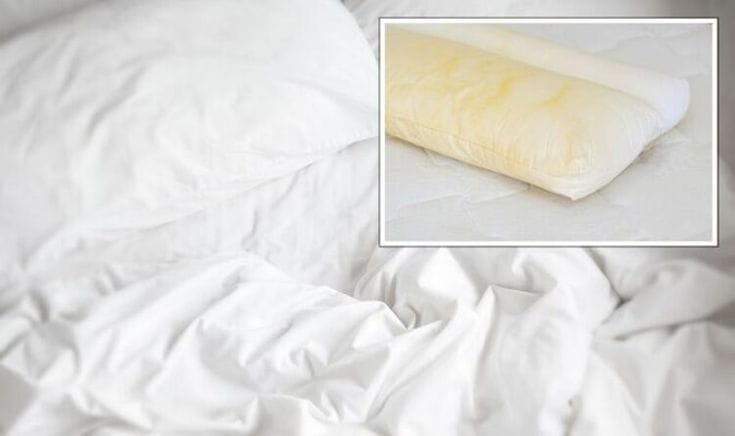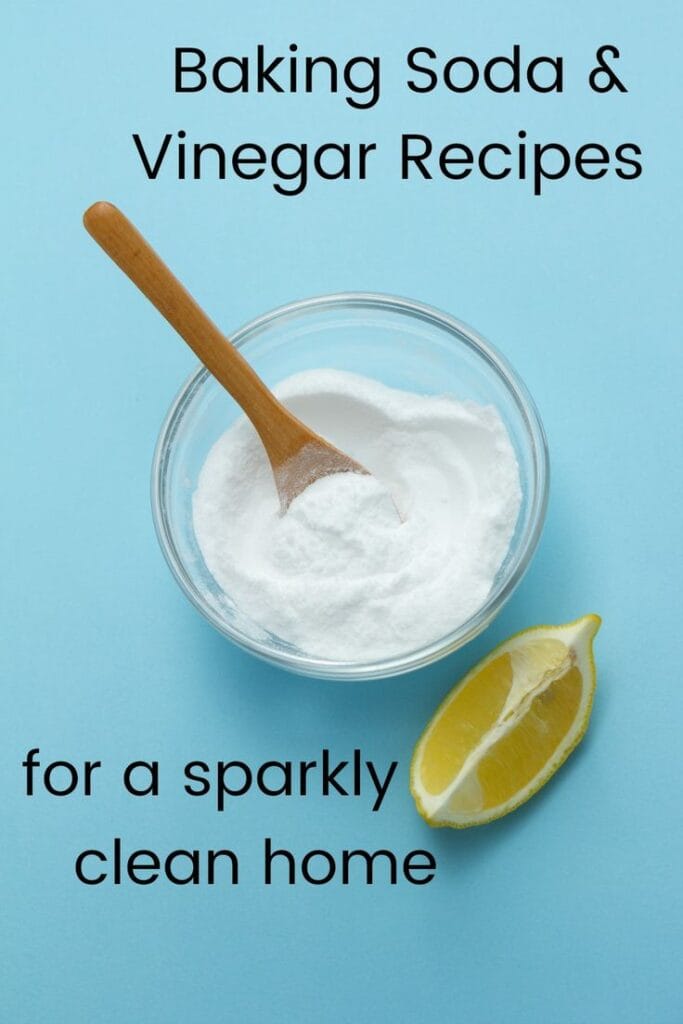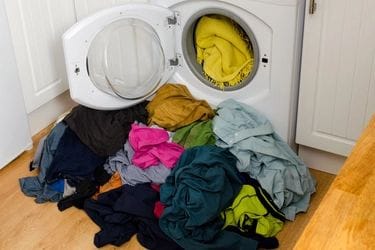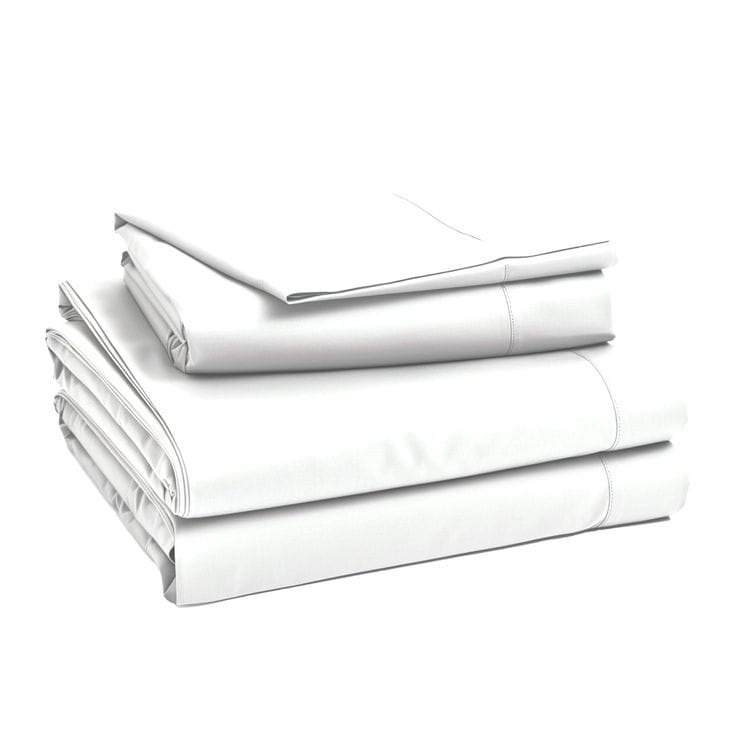White bed sheets bring a sense of cleanliness, comfort, and luxury to any bedroom. However, over time, they can start to turn yellow—especially when exposed to heat. Whether it’s from drying in the sun, using a hot dryer, or even body heat, this discoloration is frustrating and difficult to reverse. But don’t worry! In this article, we’ll uncover how to prevent white sheets from yellowing when exposed to heat, so your bedding stays crisp, fresh, and beautifully white.
Why Do White Sheets Turn Yellow?
Understanding the cause is the first step to prevention. There are several reasons why white sheets yellow:
- Heat exposure: High temperatures break down fibers and cause discoloration.
- Body oils and sweat: Natural secretions can stain sheets over time.
- Improper washing: Using the wrong detergent or water temperature can lead to yellowing.
- Hard water: Mineral deposits can dull and yellow fabric.
- Storage in humid environments: Moisture can trigger yellowing and mildew stains.

To maintain the pristine look of your linens, you need to implement smart laundry habits and preventive measures.
1. Wash White Sheets Separately from Colored Laundry
White sheets should always be washed separately from colored or dark fabrics. Even light-colored clothes can bleed dye, which accumulates slowly and causes your sheets to lose brightness. By washing whites alone, you minimize contamination and extend the life of your sheets.
Pro tip: Add half a cup of baking soda to the wash cycle to naturally enhance whiteness and deodorize your sheets.
2. Use Cold or Warm Water – Not Hot
Many people mistakenly believe that using hot water helps clean better. In reality, hot water breaks down fabric fibers and can cause white sheets to yellow faster, especially if they contain any residue from body oils or lotions.
Ideal water temperature: Stick to cold or warm water (30°C–40°C) when washing white sheets. It’s gentle on the fabric and still effective for cleaning.
3. Avoid Fabric Softeners and Heavy Detergents
Fabric softeners and some chemical-heavy detergents can leave residues on your sheets. When these residues are heated—either in the dryer or through body warmth—they oxidize and cause yellow staining.
Instead, use a mild, eco-friendly detergent labeled as “for whites” or “gentle on fabric.” These products are designed to clean without leaving behind heat-reactive residues.
4. Use Vinegar and Baking Soda as Natural Whitening Agents
natural way to whiten sheets
If you want a natural method to keep white sheets bright, try a combination of white vinegar and baking soda. This powerful duo cleans, disinfects, and deodorizes without damaging your sheets.
How to use it:
- Add 1/2 cup of baking soda to your wash cycle.
- During the rinse cycle, add 1 cup of white vinegar.
- Avoid mixing both at the same time—they neutralize each other when combined.

This process helps eliminate residues that yellow over time, keeping your sheets naturally white.
5. Dry Sheets on Low Heat or Air Dry
High heat from dryers can bake in any remaining body oils, causing yellow stains that are hard to remove. Instead, choose low-heat drying settings or hang your sheets to dry naturally in the shade.
Avoid direct sunlight, which can sometimes worsen yellowing due to UV exposure and heat combination. Shade-drying offers freshness without risk of discoloration.
6. Pre-Treat Sweat and Body Oil Stains
Before you toss your white sheets into the washer, inspect and pre-treat any sweat or oil stains, especially around the head and foot areas.
Best pre-treatment solution:
- Mix 1 part dish soap (preferably grease-cutting) with 2 parts hydrogen peroxide.
- Apply to stained areas and let sit for 30 minutes before washing.
This proactive step prevents heat from setting the stains, which often results in yellow patches that become permanent over time.
7. Don’t Overload the Washing Machine
Overloading the washing machine prevents your sheets from moving freely, which leads to incomplete rinsing and detergent buildup. That buildup reacts to heat and oxidizes—yes, causing yellowing!
Always wash sheets in small to medium-sized loads, and avoid cramming the machine. This ensures a thorough clean and rinse, leaving nothing behind that might react to heat

8. Use Oxygen Bleach – Not Chlorine
While you might think bleach is the solution, chlorine bleach can make yellowing worse over time. It weakens fibers and can cause a chemical reaction that yellows fabric.
Instead, use oxygen bleach (like OxiClean) which is gentler and safer for white sheets. Add it to your washing machine following package instructions to maintain brightness without damage.
9. Use Distilled Water if You Have Hard Water
Hard water contains minerals like calcium and magnesium that cling to fabric and dull its appearance. When heat is applied, these minerals can oxidize and cause yellow discoloration.
If you live in a hard water area:
- Use a water softener.
- Wash sheets with distilled water occasionally.
- Add 1/2 cup of white vinegar to each wash to help neutralize mineral deposits.
10. Store Sheets in a Cool, Dry Place
Even if you’ve washed your sheets perfectly, storing them in humid, warm environments can lead to yellowing due to mildew and air pollutants.
Best storage practices:
- Store in linen bags or breathable containers.
- Keep in a cool, dry area away from sunlight.
- Place silica gel packets or baking soda sachets in storage to absorb moisture and odors.
11. Rotate Your Sheets Weekly
Changing your sheets at least once a week helps prevent sweat, body oils, and skin cells from building up and causing yellowing. Rotating between multiple sets also extends the life of each one.
12. Use Mattress Protectors and Pillow Covers
To prevent yellowing from body heat and night sweat, use high-quality mattress protectors and pillow covers. These layers act as a barrier between your body and the sheets, reducing oil and moisture absorption.
Final Thoughts: Keep White Sheets Bright and Beautiful
Preventing white sheets from yellowing when exposed to heat involves a mix of proper laundry habits, natural whitening methods, and storage strategies. By following the tips above, you’ll extend the lifespan of your linens and enjoy that luxurious hotel-style freshness every time you lie down.

Key Takeaways:
- Wash with mild detergent and cold or warm water.
- Avoid overloading the washer and over-drying in heat.
- Use natural whiteners like vinegar and baking soda.
- Store sheets properly and rotate them often.
By implementing these simple yet effective tips, you’ll never have to ask again how to prevent white sheets from yellowing—because yours will stay pristine and white, no matter the heat.
